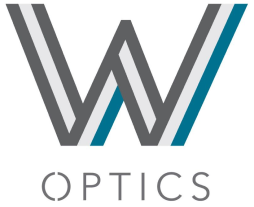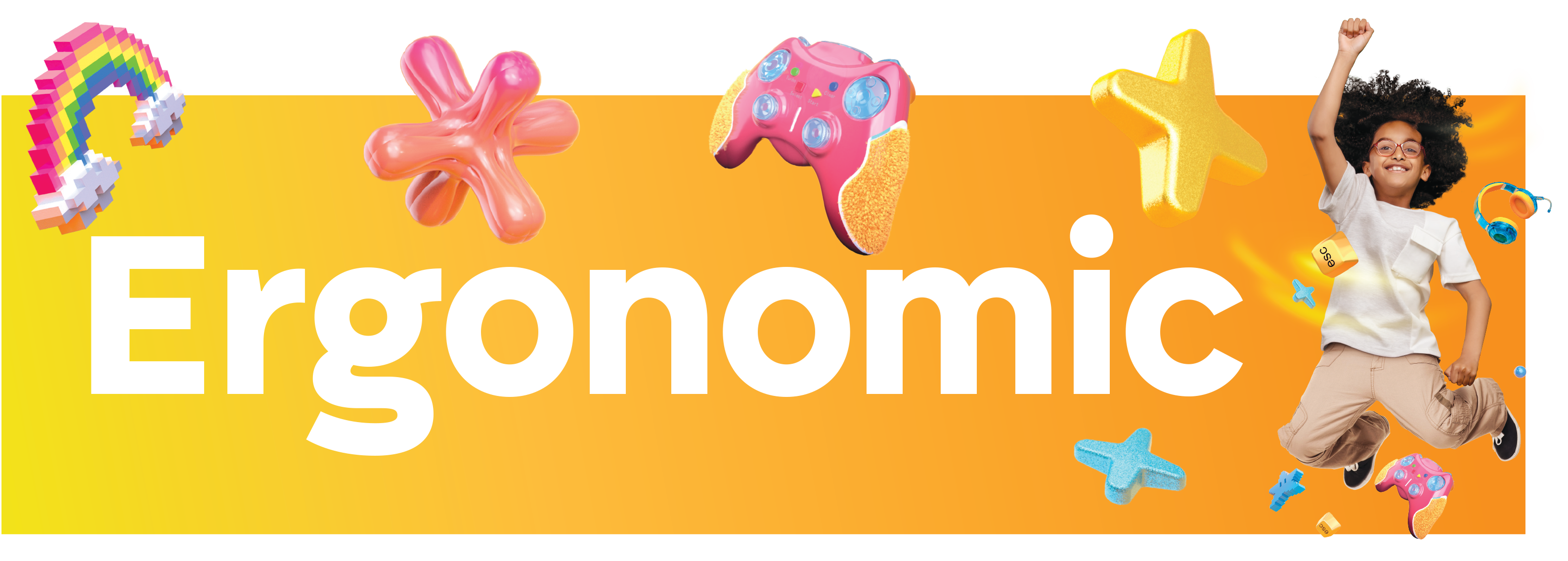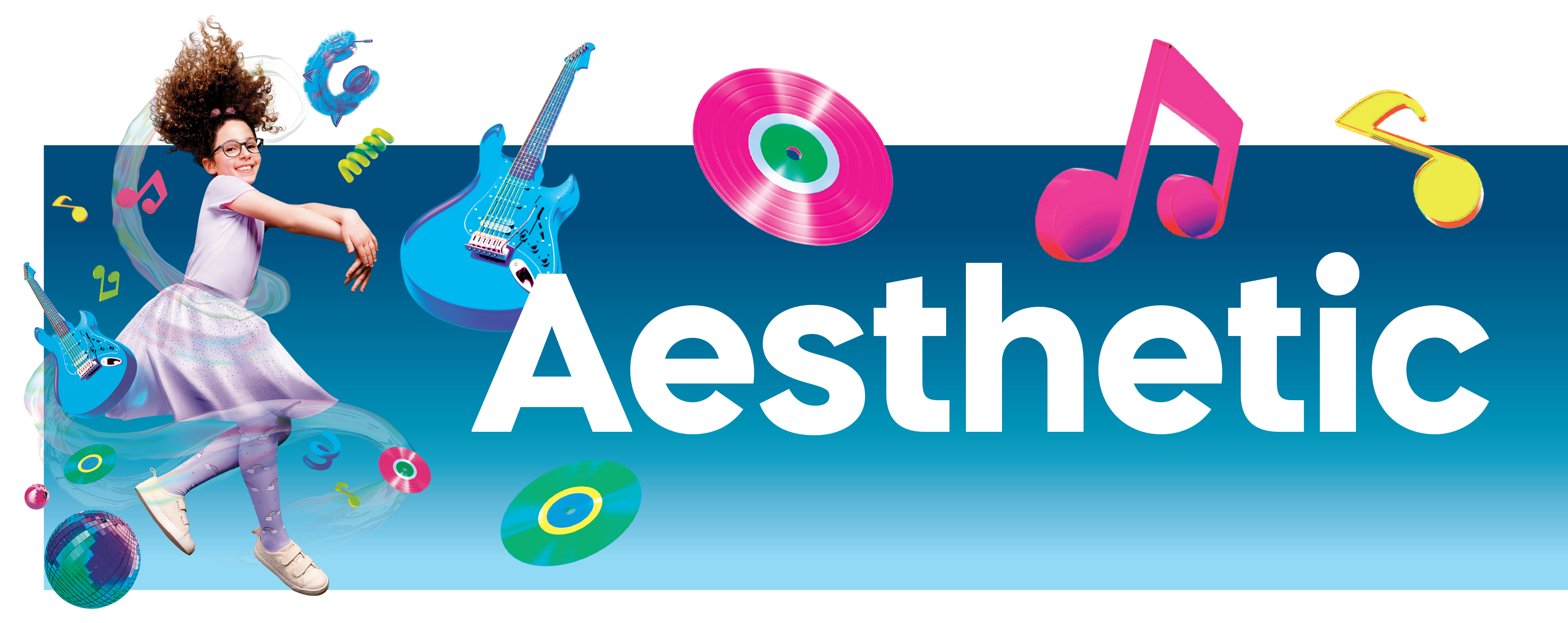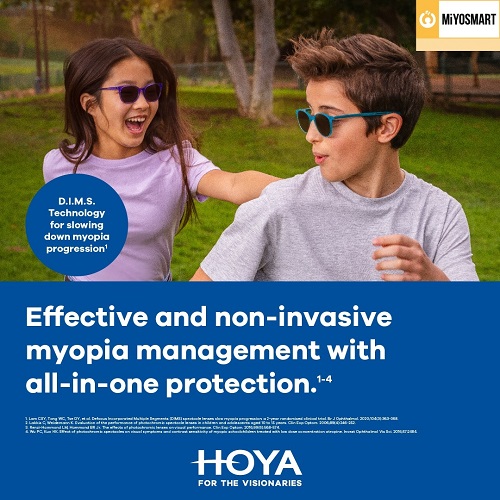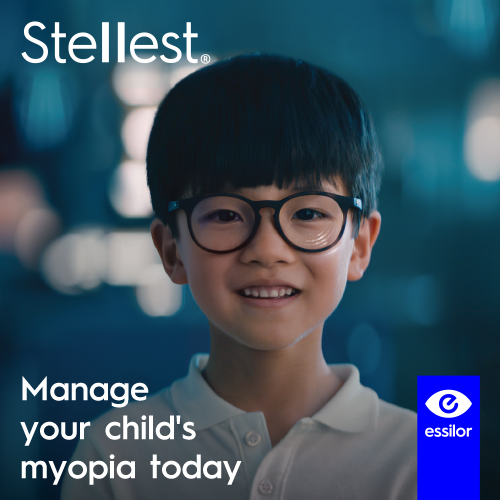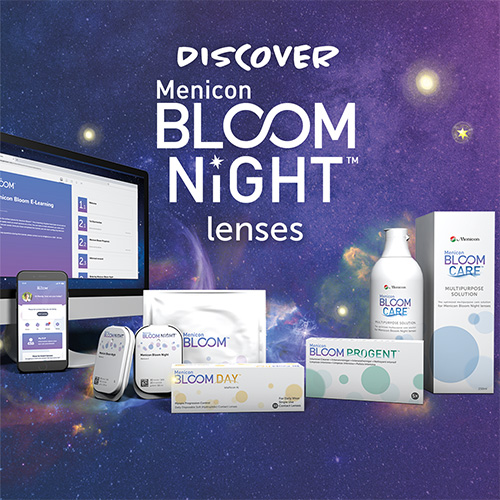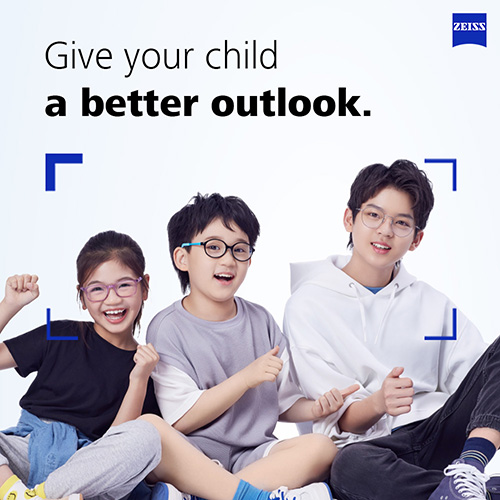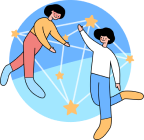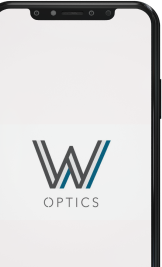Shamir Optimee Myopia Management Lenses
Posted on April 04, 2024 under Myopia
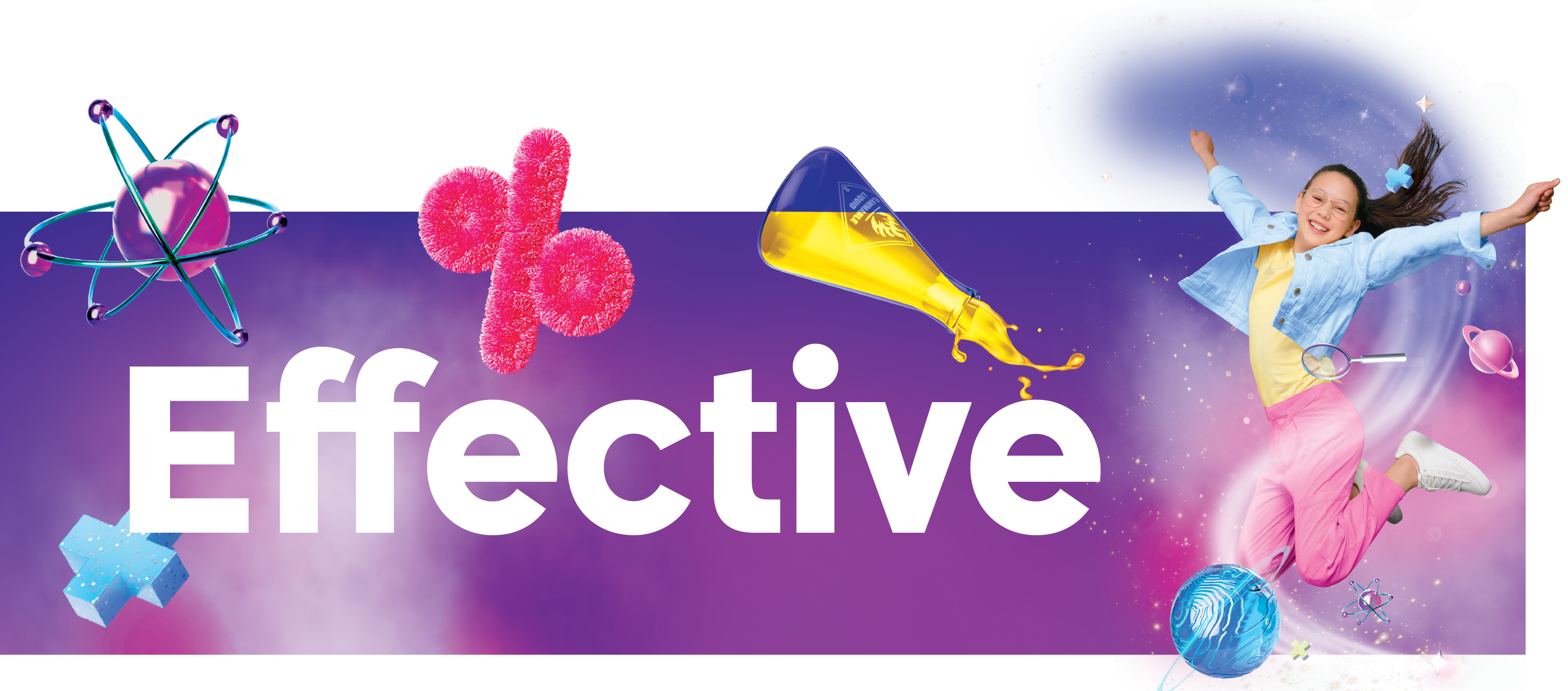 Proven to slow axial length progression in myopic children*
Proven to slow axial length progression in myopic children*
Based on the first year of a clinical trial, Shamir Optimee™ has been proven to both correct children’s eyesight for clear vision and manage their myopia, protecting their vision now and in the future. The trial compares the effect of Shamir Optimee™ vs. SV lenses on myopia progression and axial elongation.1

The results underscore the influence of genetics on myopia progression. In addition to finding that children of all ages with TWO MYOPIC PARENTS are fast progressors, the results show that Shamir Optimee™ is particularly effective in controlling their myopia, SLOWING their Rx progression by 45% on average.***
* 31 myopic children wearing Shamir Optimee™ lenses compared to 21 myopic children wearing SV lenses, children aged from 6 to 10 YO. The effect on objective Rx is 41% on average.
** Children aged from 6 to 10 y/o: the axial elongation of 1 out of 3 children is below 0.2mm, the same as in emmetropic kids of the same age.16,17
*** 21 myopic children wearing Shamir Optimee™ and 24 myopic children wearing single vision lenses, who have two myopic parents.
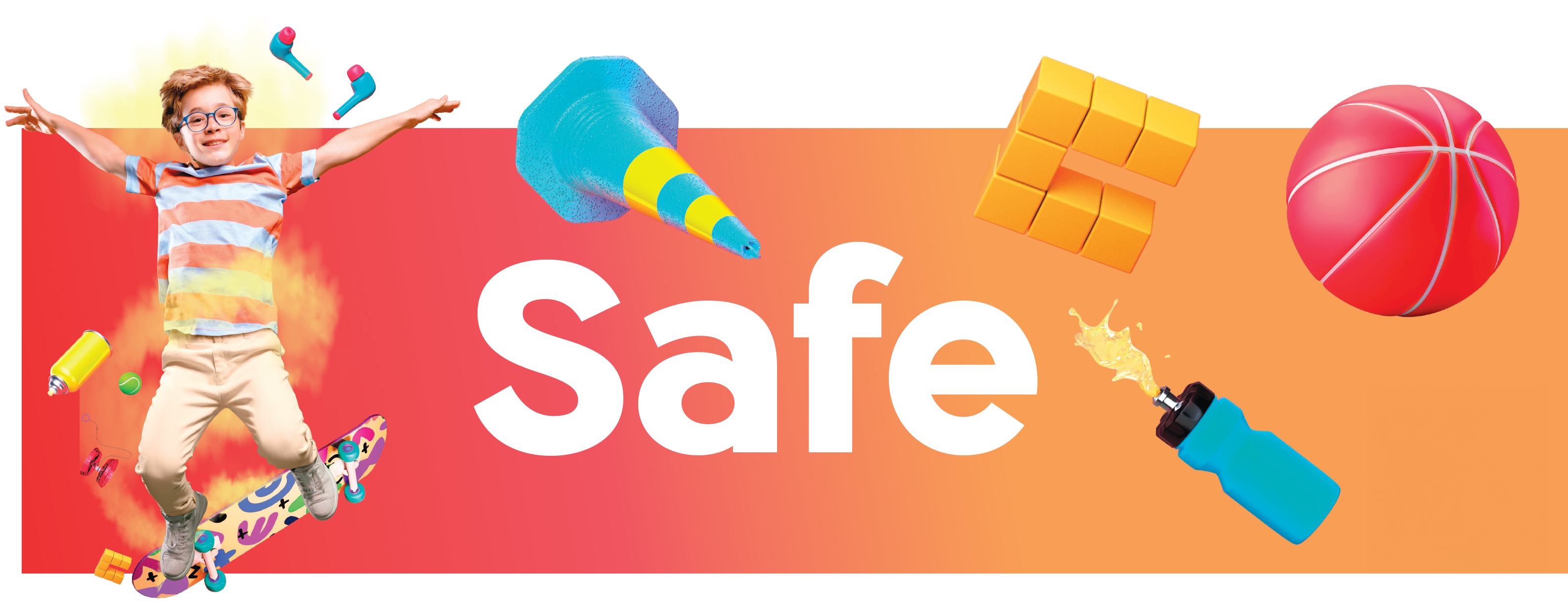
SAFER, STRONGER & THINNER WITH SHAMIR METAFORM™
Shamir Optimee™ with Shamir Metaform™, a technology that enables prescription lenses that are stronger and thinner than regular lenses with identical indexes.
Shamir Optimee™ with Shamir Metaform™ is used with every index from 1.50 to 1.74, enabling lenses that are super-strong and super-comfortable for any myopic child.

BETTER POSTURE, BETTER COMPLIANCE
Spectacle wearers’ vision involves more than eyesight; it’s also about posture. Depending on what we are focusing on, seeing involves tilting our head and flexing our neck, influencing the spinal cord position. As such, lens design can have a significant impact on posture, balancing the neck flexion and eye movement, with both immediate and long-term consequences.
Research shows that poor postural habits during near-vision activities may negatively affect children’s attention levels and performance, as well as their musculoskeletal system and future physiological development.18,19,20
QUICK & EASY FOCUS WITH NATURAL POSTURE
Shamir Optimee™ is designed to ensure children can see clearly, without flexing their necks or tilting their head too much, no matter where they are looking, thanks to FOCUSFLOW™ TECHNOLOGY and the central vertical canal.
LOOKING GOOD, FEELING GOOD
When you like how you look, you feel good about yourself. For young children, part of the selfie & social media generation, their appearance is more critical than ever to how they feel about themselves. When it comes to wearing glasses, the more natural they look, the better they will feel. If they think they look “different” or are being taunted by other children, they simply won’t wear their glasses. Some may avoid social and sports activities, which can impair their social skills.4
SV myopia correction lenses naturally have thick edges. The face looks narrower to others and when seen in a selfie or mirror – known as the cut-in effect. The defocus incorporated in Shamir Optimee™, using the Freeform™ manufacturing process, provides a more natural look than SV, thinner lens edges, and lower or zero cut-in effect. The lenses are fully transparent, with continuous surfaces, making them almost invisible.
LOWER OR ZERO CUT-IN EFFECT!
Shamir Optimee™ allows children to look more natural.
This is achieved by our unique design at the horizontal edges of the lens, resulting in lower or zero cut-in effect. The result is a function of the prescription: at around SPH -3.00, the effect is a fully natural face contour.


References:
1. Cohen Y, Otzem C, Benhaim-Sitbon L, Ratzon S,Gotthilf-Nezri D, Weiss A, Baran N, Erdinest N, Morad Y. "Evaluating the Effect of a Myopia Control Spectacle Lens Among Children in Israel: 12-Month Results". Am J Ophthalmol. 2023 Sep 9;257:103-112. doi: 10.1016/j.ajo.2023.08.019. Epub ahead of print. PMID: 37690499.
2. COLTS™ Laboratories reports: Shamir Optical Industry Ltd. Metaform™ lenses were tested by an independent external lab of COLTS™ Laboratories. The lab tested dozens of Metaform™ lenses and the results show that Metaform™ lenses are up to 18 times stronger than the FDA standard requirement. For the full reports please contact your local Shamir team.
3. Shamir Optimee™ Ergonomically Designed for myopia management in Children. Shamir Optical whitepaper, www.shamir.com.
4. Alvarez MS. Shamir Optimee™ Controlling child myopia progression while safeguarding emotional wellbeing. Shamir Optical whitepaper, www.shamir.com.
5. Li D, Chan VF, Virgili G, Piyasena P, Negash H, Whitestone N, O’Connor S, Xiao B, Clarke M, Cherwek DH, Singh MK, She X, Wang H, Boswell M, Prakalapakorn SG, Patnaik JL, Congdon N. "Impact of vision impairment and ocular morbidity and their treatment on depression and anxiety in children: a systemic review". Journal of the American Academy of Ophthalmology. 2022; 129:1152-1170.
6. Katz L, Berlin KS, "Psychological stress in childhood and myopia development". Optometry & Visual Performance. 2014; 2(6):289-296.
7. Rose K, Harperb R, Tromansb C, Watermanc C, Goldbergd D, Haggertye C, Tulloa A, "Quality of life in myopia". Br. J. Ophthalmol. 2000; 84: 1031-1034.
8. Ang M, Wong TY, "Updates on Myopia, A Clinical Perspective" (BOOK), 2020; Chapter 1.
9. Holden BA, Fricke TR, Wilson DA, Jong M, Naidoo KS, Sankaridurg P, Wong TY, Naduvilath TJ, Resnikoff S, "Global prevalence of myopia and high myopia and temporal trends from 2000 through 2050". Ophthalmology. 2016; 123(5): 1036-1042.
10. Qi J, Yan Y, Yin H, "Screen time among school-aged children of aged 6–14: a systematic review". Global Health Research and Policy. 2023; 8(12).
11. Lanca C, Saw SM, "The association between digital screen time and myopia: A systematic review". Ophthalmic & Physiological Optics. 2020; (40): 216–229.
12. Hu J, Ding ZY, Han D, Hai B, Yin JY, Shen H, " Influencing factors for myopia among primary and secondary schoolstudents in Suzhou". Journal of Preventive Medicine. 2021; 12: 241-245.
13. McCurdy LE, Winterbottom KE, Mehta SS, Roberts JR. "Using nature and outdoor activity to improve children's health". Curr Probl Pediatr Adolesc Health Care. 2010; 40(5):102-117.
14. Benavente-Perez A, Nour A, Troilo D, "The effect of simultaneous negative and positive defocus on eye growth and development of refractive state in marmosets". Invest Ophthalmol Vis Sci. 2012; 53(10): 6479-6487.
15. Smith EL3rd, Hung LF, Huang J, Arumugam B. "Effects of local myopic defocus on refractive development in monkeys". Optom Vis Sci. 2013; 90(11): 1176-1186.
16. Tideman JWL, Polling JR, Vingerling JR, VWV Jaddoe, Williams C, Guggenheim JA, Klaver CCW, "Axial length growth and the risk of developing myopia in European children". Acta Ophthalmol. 2018; 96(3):301-309.
17. Mutti DO, Hayes JR, Mitchell GL, Jones LA, Moeschberger ML, Cotter SA, Kleinstein RN, Manny RE, Twelker JD, Zadnik K; CLEERE Study Group, "Refractive error, axial length, and relative peripheral refractive error before and after the onset of myopia". Invest Ophthalmol Vis Sci. 2007; 48: 2510-2519.
18. Furutani R, Seino Y, Tezuka T, Satoh T, "Monitoring the Level of Attention by Posture Measurement and EEG". CogSci. 2016; 972-977.
19. Stephenson ML, Ostrander AG, Norasi H, Dorneich MC, "Shoulder muscular fatigue from static posture concurrently reduces cognitive attentional resources". Human factors. 2020; 62(4): 589-602.
20. David D, Giannini C, Chiarelli F, Mohn A, "Text Neck Syndrome in Children and Adolescents". Int J Environ Res Public Health. 2021; 8(4):1565.
21. Bhandari KR, Ostrin LA, "Objective measures of viewing behaviour in children during near tasks", Clin Exp Optom. 2022; 105(7): 746-753.
22. Chen YL, Chen KH, Cheng YC, Chang CC. "Field Study of Postural Characteristics of Standing and Seated Smartphone Use", Int J Environ Res Public Health. 2022; 19(8):4583.
23. Norasi H, Tetteh E, Sarker P, Mirka GA, Hallbeck MS. "Exploring the relationship between neck flexion and neck problems in occupational populations: a systematic review of the literature", Ergonomics. 2022; 65(4):587-603.
24. Lam CSY, Tang WC, Tse DYY, Tang YY, To CH, "Defocus Incorporated Soft Contact (DISC) lens slows myopia progression in Hong Kong Chinese schoolchildren: a 2-year randomised clinical trial". Br J Ophthalmol. 2014; 98:40–45.
25. Bao J, Huang Y, Li X, Yang A, Lim EW, Spiegel D, Drobe B, Chen H, "Myopia control with spectacle lenses with aspherical lenslets: a 2-year randomized clinical trial". Invest. Ophthalmol. Vis. Sci. 2021; 62(8):2888.

